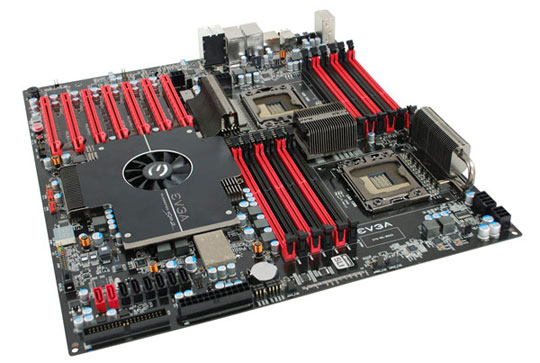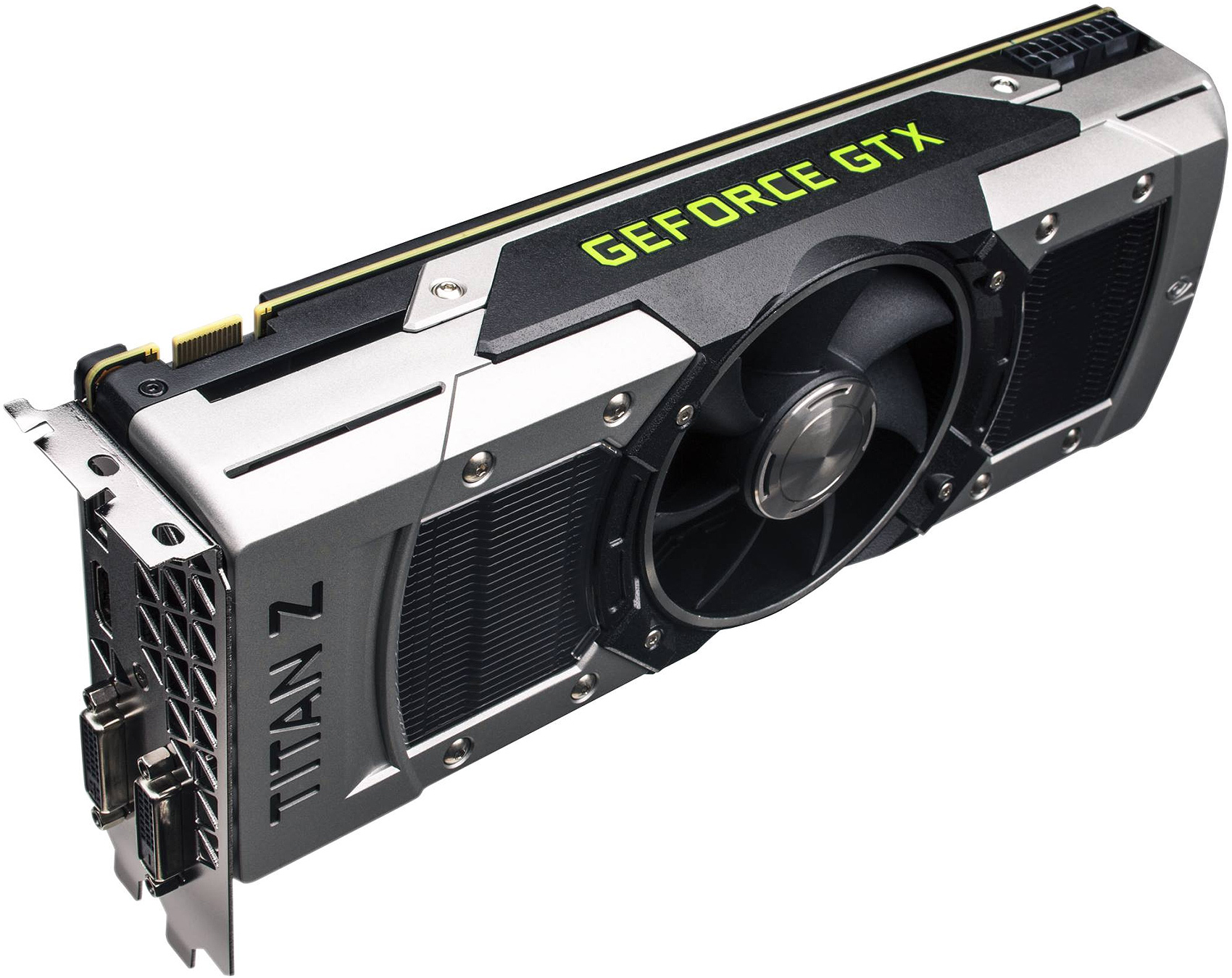Utilities
- Keep your computer running smoothly
-Security
-Anti-malware
-Anti-virus (detect and delete viruses which are updated regularly and new viruses are made everyday)
-Anti-spyware - trying to get files, personal information (key logging)
-Pop-up blocker
-Firewall
-Allows good traffic and stops bad.
-Formatting
-Gets your drive ready for files.
-File structure
-Defragmentation
-Put broken up files back together.
-Speeds up machine, creates space.
-Internet-open a webpage
-Downloads, cookies, images, text, ads, videos, music, games, etc. All stored on your hard drive and builds up overtime, takes up space and slows your computer down.
-Cookies
-Stores details of your visit to the website like preferences and passwords.
Temp System Files
Temporary system files are created constantly and need to be deleted.
Thursday, 2 October 2014
Friday, 19 September 2014
Software
Software
Operating system
Windows (vista, xp, 7, 8, 95, 98) - installed on PC with a license
Linux (Ubuntu, red hat, raspberry OS) - Linux is free and open source
IOS - iphone, tablets, watches
Android - phones, tablets, kindle
Mac OS - Apple Mac
Blackberry OS - blackberry phones, tablets
Unix - specialist machines.
Purpose:
User interacts with the OS and the OS interacts with the Hardware and vice versa.
The OS uses a GUI Graphical User Interface (WIMPS)
CLI - Command Line Interface

This is a diagram of the interactions between the User, Application, OS and Hardware
An operating system is a piece of software which gives the user an interface so they can interact with their hardware through the use of applications. The OS will also allow the user to see information about their hardware. If we do not have an OS then the user will be unable to do anything with their hardware and the money spent on the hardware will have been wasted.
This is a diagram of the interactions between the User, Application, OS and Hardware
An operating system is a piece of software which gives the user an interface so they can interact with their hardware through the use of applications. The OS will also allow the user to see information about their hardware. If we do not have an OS then the user will be unable to do anything with their hardware and the money spent on the hardware will have been wasted.
Applications
applications do everything else.
Thursday, 18 September 2014
BIOS and CMOS
Computer start up order
=>Turn on
=>BIOS (Basic Input/Output System)
-Checking hardware and initializing it
-Show error if some hardware isn't working
-Boots the devices in order.
-ROM chip (Read Only Memory) can't write to it.
=>Boot-up OS HDD
CMOS (Complementary Metal Oxide Semiconductor)
-Works together with the BIOS.
-Allows you to change settings because it is writable.
-Stores the date and time, device boot order, etc.
-RAM chip so it has working memory, if power is cut the settings are lost. To prevent this there is a battery which keeps the CMOS from losing power and forgetting the changes. The battery charges while the computer is on.
Peripheral devices
a device that plugs into the outside of the computer
examples:
-keyboard (input)
-mouse (input)
-headphones (output)
-usb (input and output)
-monitor (output)
-microphone (input)
Peripheral devices
a device that plugs into the outside of the computer
examples:
-keyboard (input)
-mouse (input)
-headphones (output)
-usb (input and output)
-monitor (output)
-microphone (input)
Friday, 12 September 2014
PC components
Unit 2 Notes
A PC is made up of many different parts:

Motherboard:
Connects all parts of the computer together. AKA System board, Main board.

CPU:
The brain of the computer. Stands for Central Processing Unit
-Multicore: more than one core in the space.
-Hyper-threading: allows multiple threads to be used alongside each other.
-Speed in GHz
-Multicore: more than one core in the space.
-Hyper-threading: allows multiple threads to be used alongside each other.
-Speed in GHz

RAM:
The working memory/short term memory of the computer. It stands for Random Access Memory.
When you shut the power down anything on the RAM gets wiped.
Examples of RAM:
SIMM- Single In-line Memory Module, teeth are only on one side.
DIMM- Dual In-line Memory Module, teeth are on both side.
DDR- Double Data Rate.
DDR2- Double Data Rate, bigger and faster than DDR.
DDR3- Double Data Rate, bigger and faster than DDR2.
RAM is measured in size (GB) and a little speed.
When you shut the power down anything on the RAM gets wiped.
Examples of RAM:
SIMM- Single In-line Memory Module, teeth are only on one side.
DIMM- Dual In-line Memory Module, teeth are on both side.
DDR- Double Data Rate.
DDR2- Double Data Rate, bigger and faster than DDR.
DDR3- Double Data Rate, bigger and faster than DDR2.
RAM is measured in size (GB) and a little speed.

Hard Drive:
The long term storage of the computer. AKA HDD (Hard Disk Drive)

GPU:
The graphics card of the PC. Stands for Graphics Processing Unit.

Subscribe to:
Comments (Atom)
